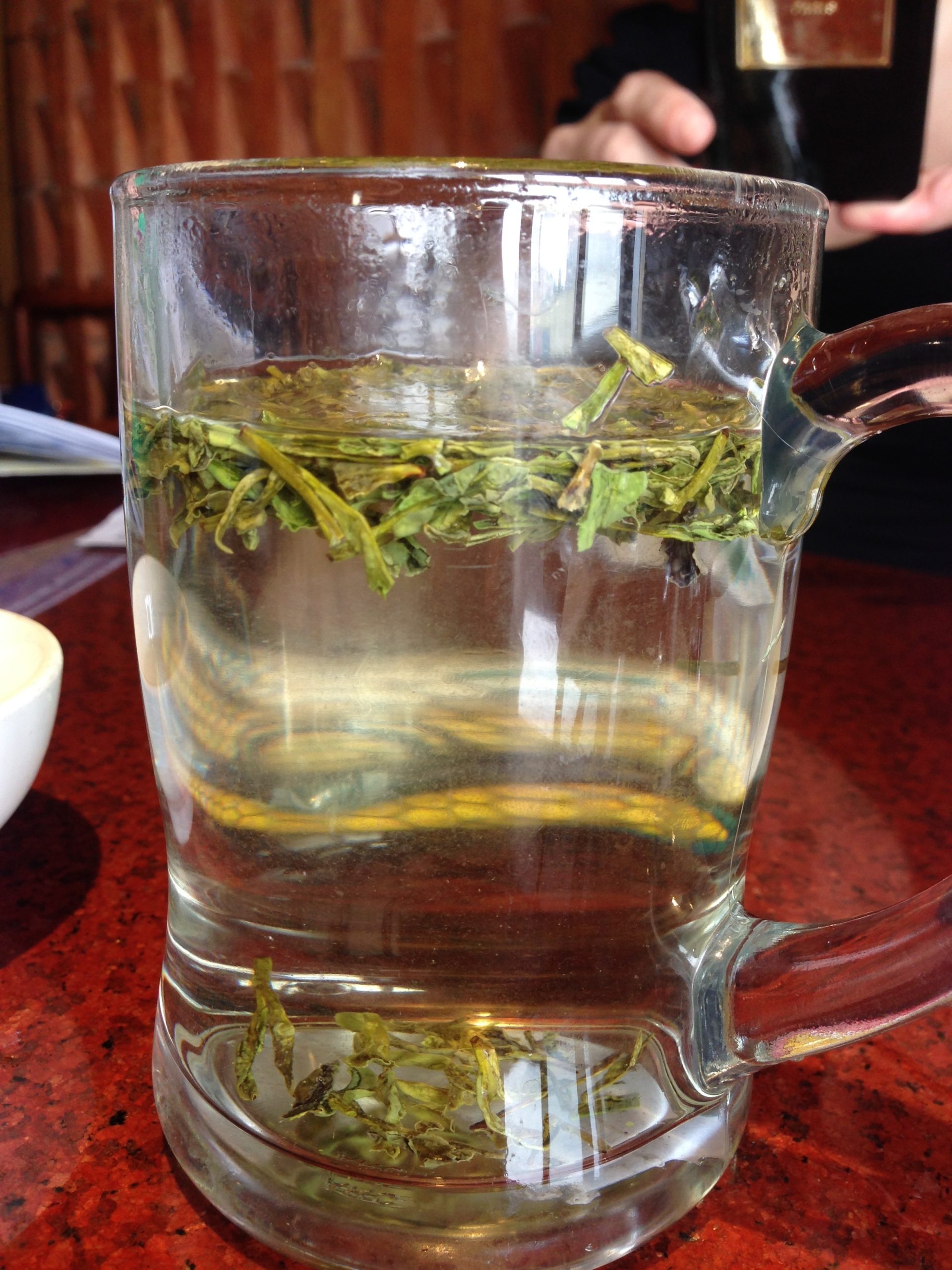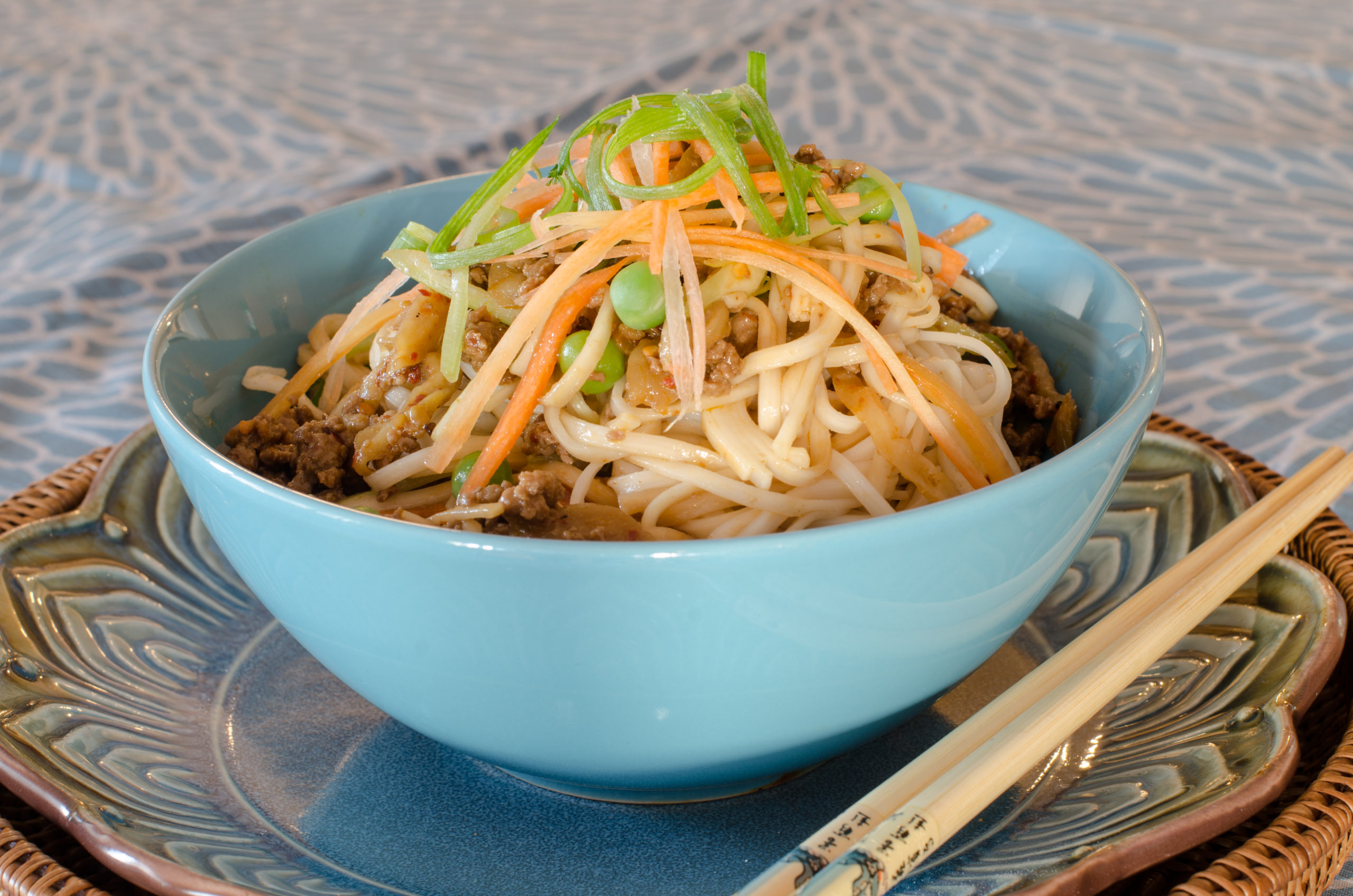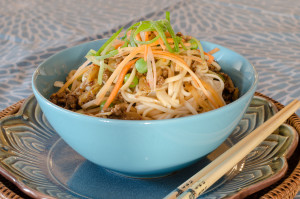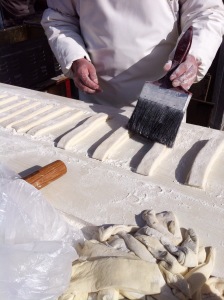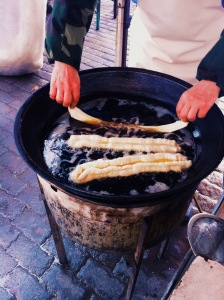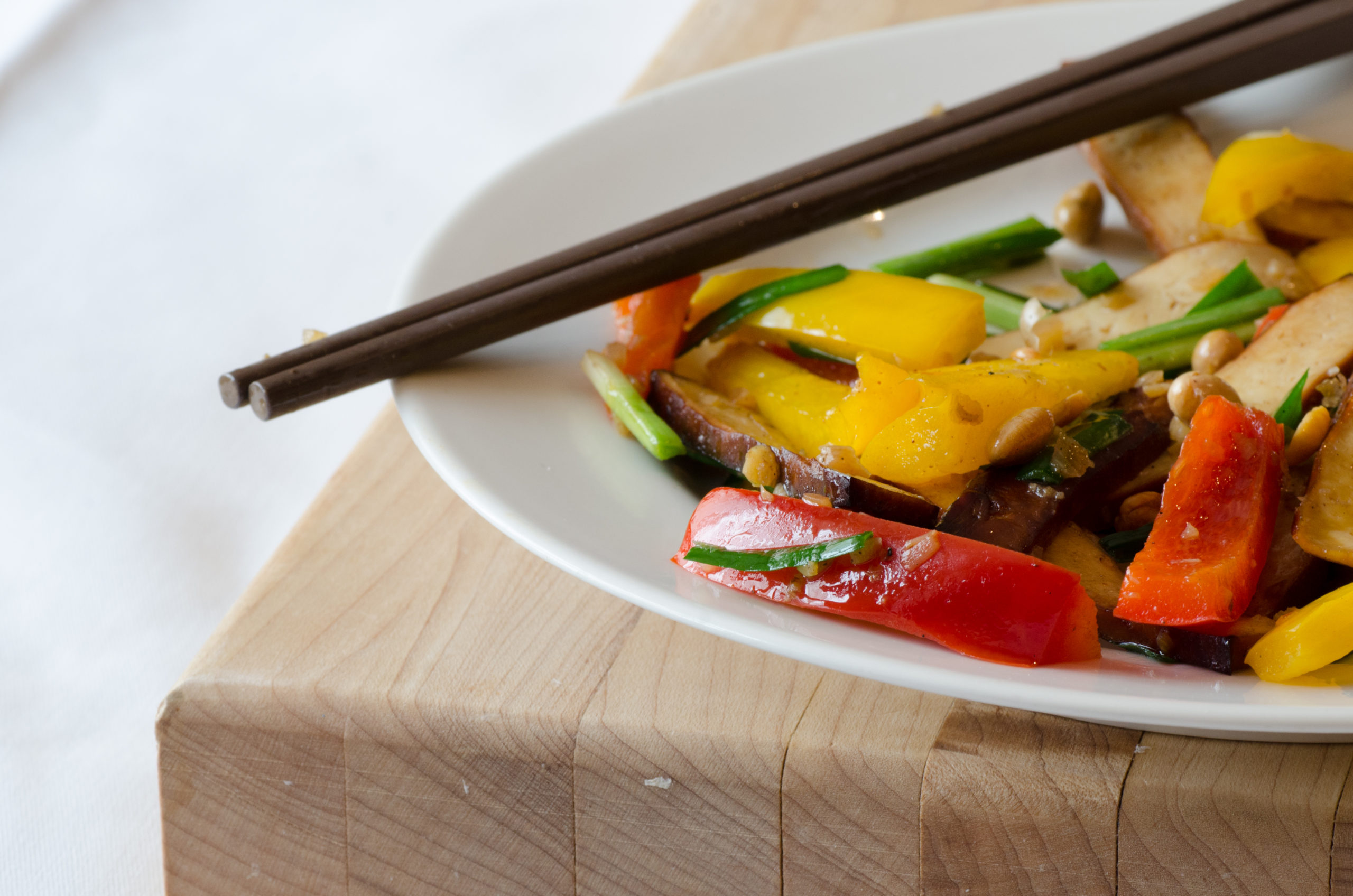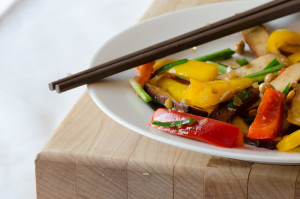Time flies, it’s been 6 months since I posted Part I; there we looked at harvesting and processing Green Tea, now, in Part II we’ll wrap up with brewing, drinking and selling…
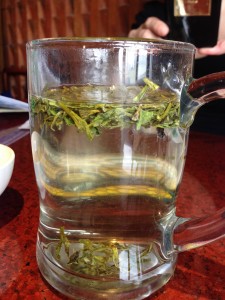
Brewing
As we know, the flavors of green tea, whilst fresh and bright in small quantities, if left to brew too long will become unpleasant, bitter and acrid. Where better than a Chinese Government run store to learn about the brewing process? Unlike most other teas, Green Tea is brewed and consumed in the same glass.
The brewing process is made up of a number of steps:
- Most importantly, use water at only 80 to 90 degrees. Boiling water is the the most significant cause of the overly seaweed taste of the leaves that I struggled with for so long. You can in fact brew tea with cold water. The ladies harvesting leaves will typically have large beakers in the field, they will fill these with cold water and brew the tea over the course of about ½ hour; drinking through the day.
- Depending on the harvest of leaves, you’ll need to play around with the amount of leaves you use – the rule of thumb (excuse the pun) is a single thumb and forefinger for late March leaves and a three fingers for early April. Place your leaves at the bottom of your glass and quarter fill the cup. Leave the leaves to absorb a small amount of water, expand and open up. At this point you are recommended to deeply inhale the aroma.
- Next you fill the cup to the top. You should dip the kettle three times in order to pour water from height. This has the effect of mixing the leaves and ensuring they are well agitated. At this point you should cup the glass to your eye in order to stimulate the eyes and prevent aging.
- After about 3 minutes your tea is ready to drink.
Drinking Eating
One of the problems that I immediately had in Hangzhou was how to drink tea without ending up with a mouthful of leaves. I tried blowing, swilling, chopsticks… nothing was particularly effective or elegant. There is an expression in Hangzhou that “people don’t drink tea, they eat it”. Not only is this far more pragmatic, it’s a lot more satisfying. A good set of leaves will stand up to about 3 brews in the same glass – provided that you don’t eat them all in the first glass.
The health benefits of Green Tea have long been recognized. The shop that we visited had a pretty kitsch way of demonstrating this – a mixture of iodine, water and rice is made. To this dark liquid green tea leaves are introduced. After a couple of minutes you’ll see that the leaves absorb the iodine from the rice. The polyphenol in the tea is said to drive this effect. Polyphenol is said to stimulate fat loss, cholesterol reduction etc. There is an even more intriguing variation of the experiment where a green tea extract tablet is shown to remove the iodine 8 times faster and 8 time more. Whilst we found the demo interesting, the salesperson lost a fair amount of credibility when she said that Green Tea contained no caffeine. I’m not a chemist so I’ll pause my discussion of the health benefits at this point. I’m sure her grandmother wouldn’t agree with my skepticism, she has spent her life putting the vapor to her eye and applying a facemask of used leaves with egg – she’s 100 years-old and still alive – hey, it’s got to be true..

Selling
Empress tea is the most valued, it is relatively scarce compared to the other harvests. A good way to know if you’re getting true empress is to study the color. It should be very pale compared with other harvests. Along with the color, the quality of the leaves degrades with age. It gets to a point where the harvests are viable only in the export market (sorry!). As with all things Chinese, locals will choke at the prices we were quoted and say that we were robbed – a kilo of leaves costs $100 for late April, $130 for early April and $200 for late March.
Due to the relative scarcity and value of Longjing, there is a large problem with counterfeit tea being produced, particularly in the Szechuan province. Being China, the people in the shop made great efforts to explain how they were government owned and therefore legitimate. I’ve found it best to not protest too much, similarly, not to be too skeptical. Either way, it was an experience of a life-time.

